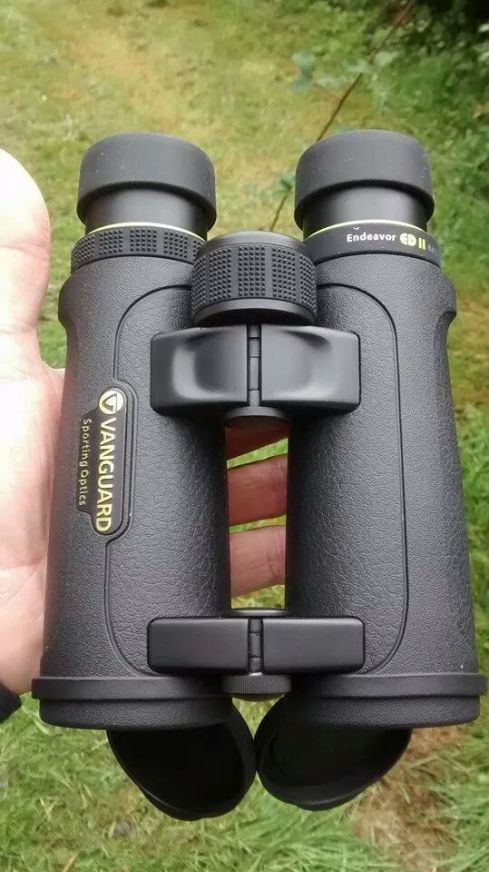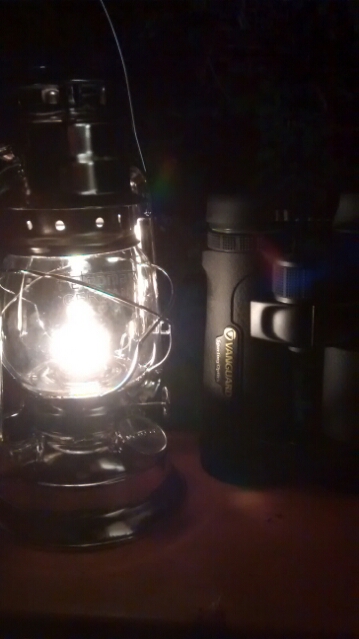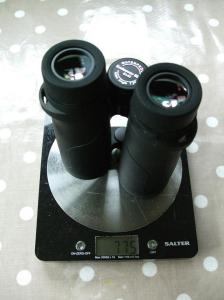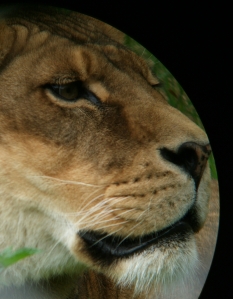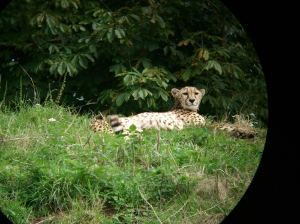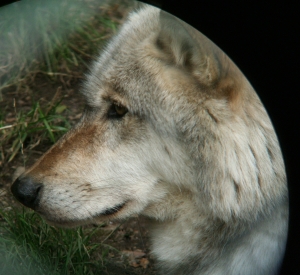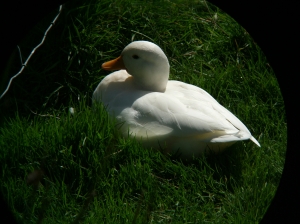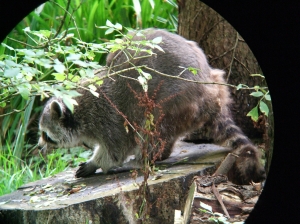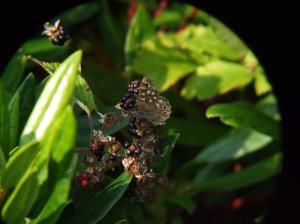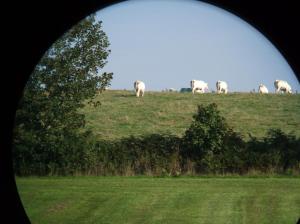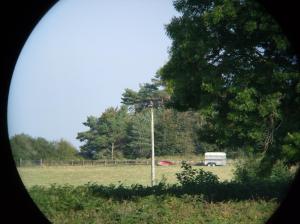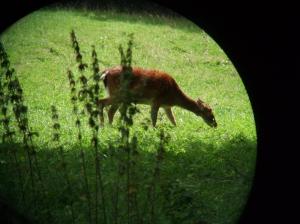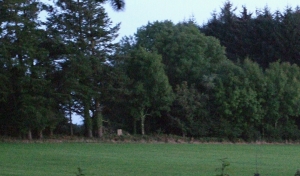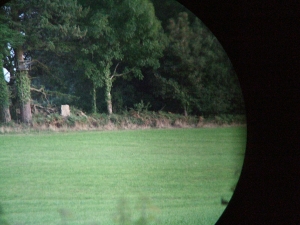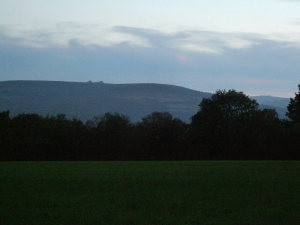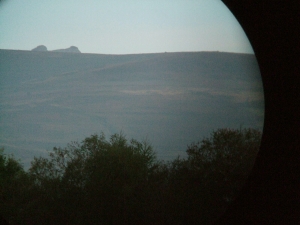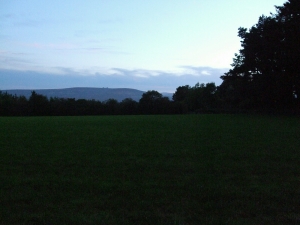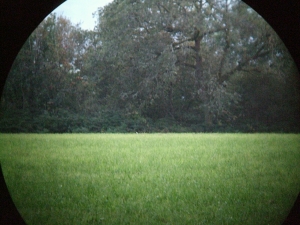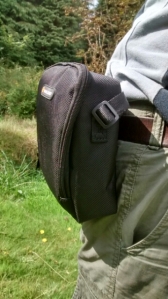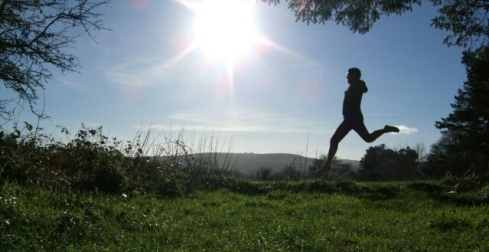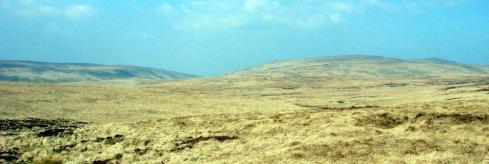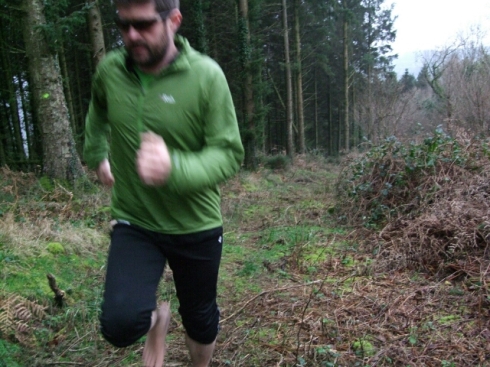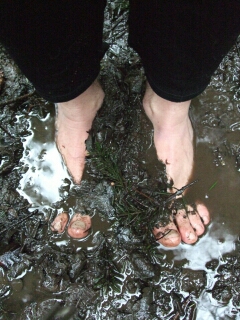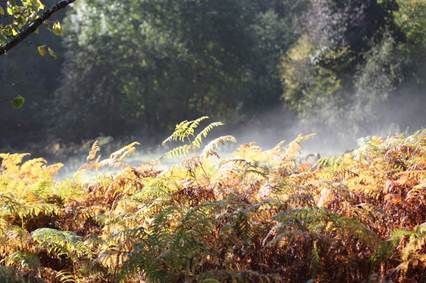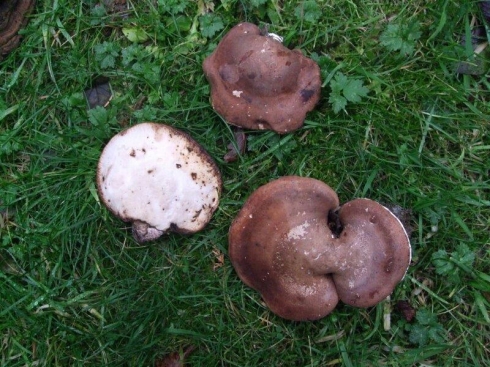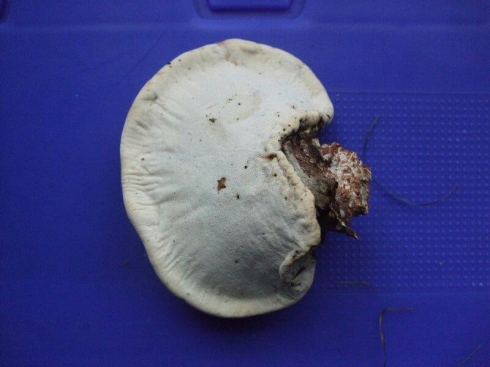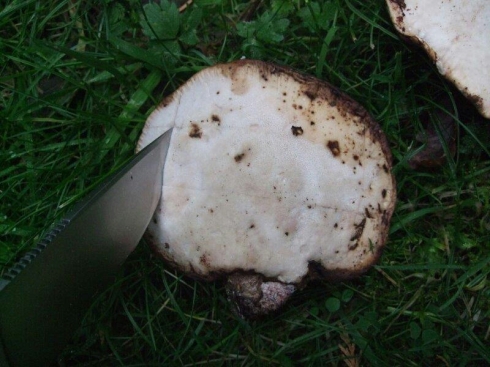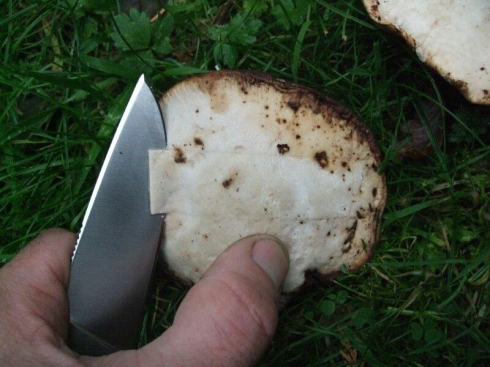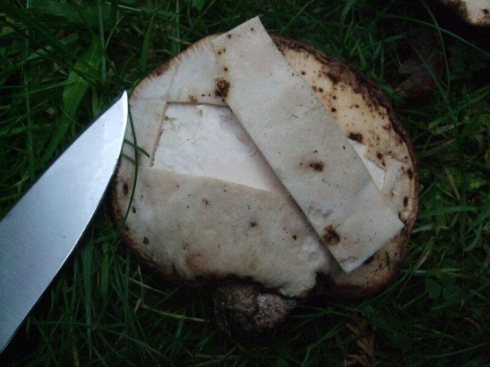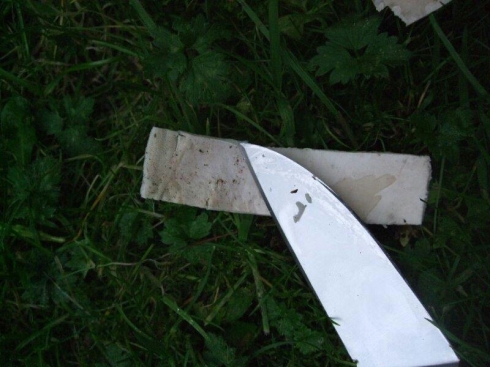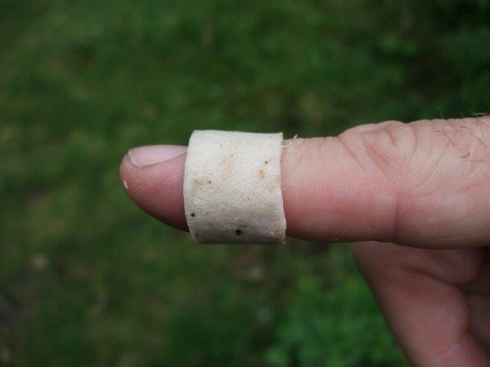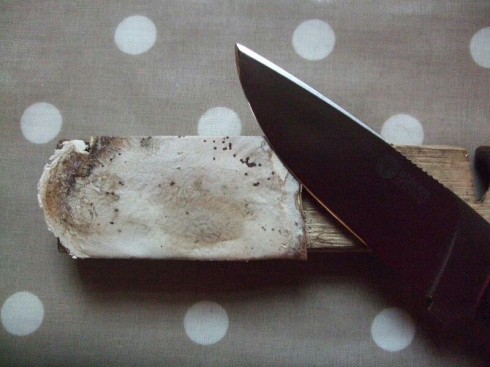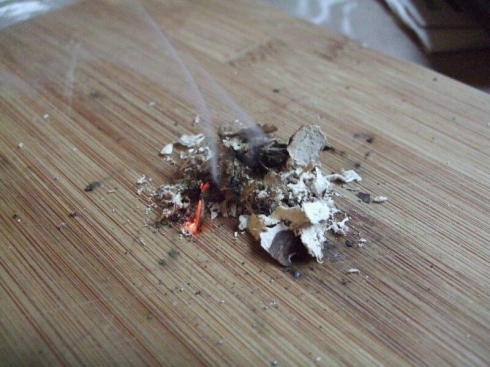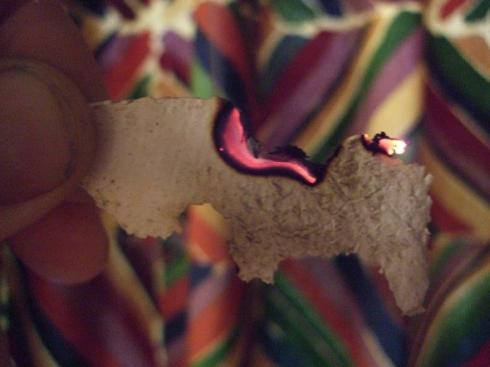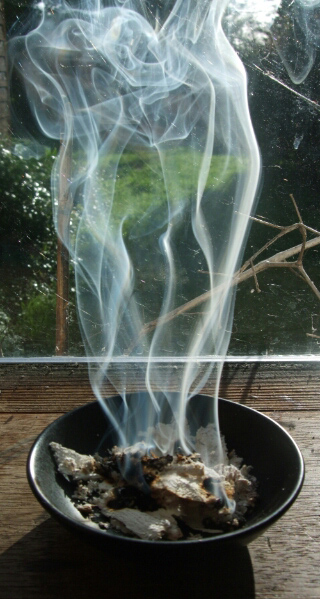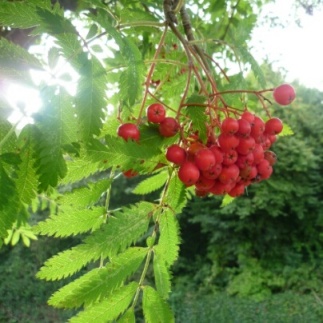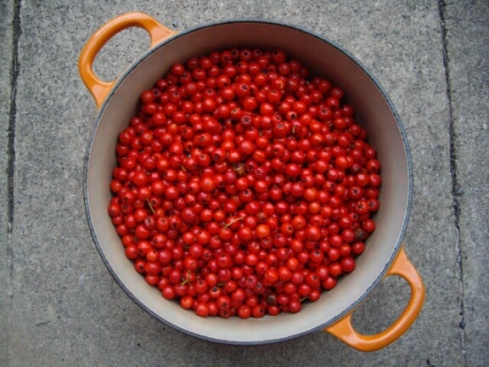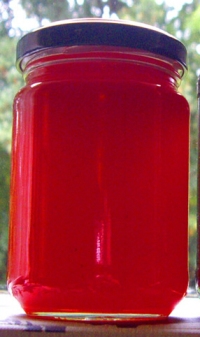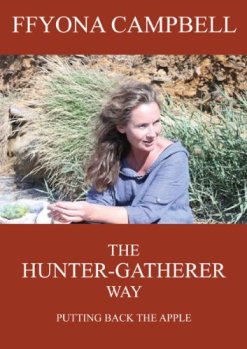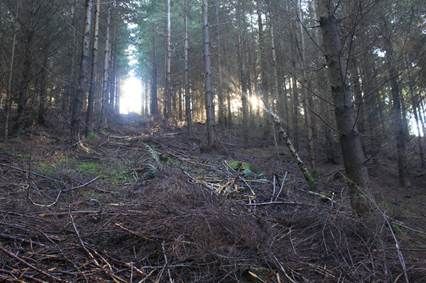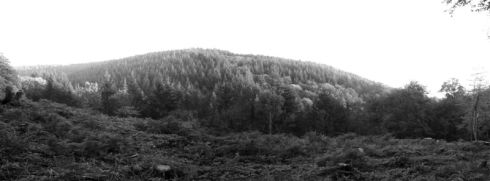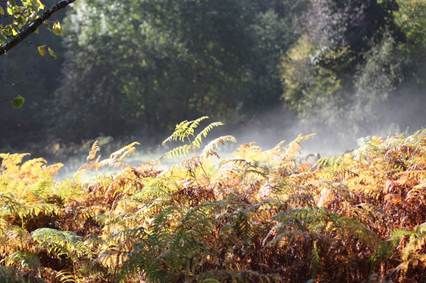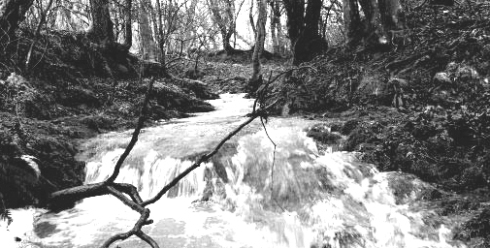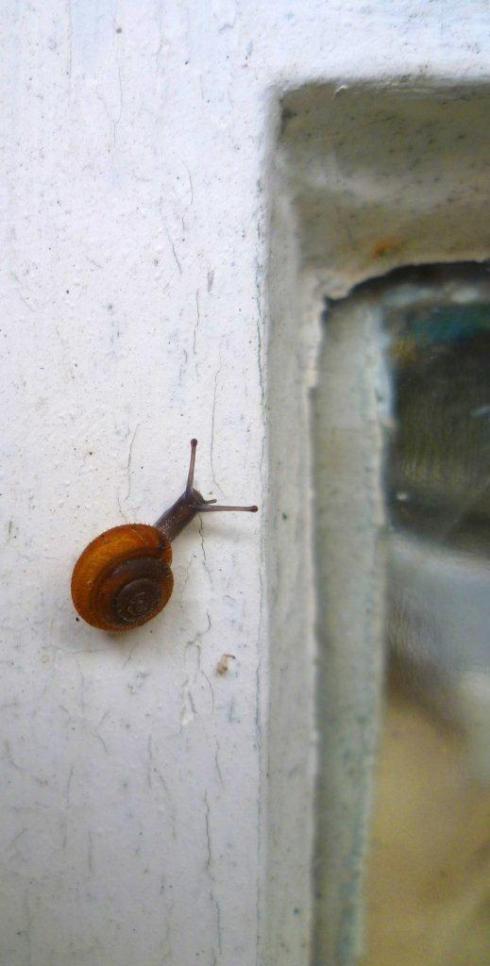Having already reviewed the previous model of these excellent binoculars I was keen to look at the next generation of them – most notably with the addition of Japanese Hoya Extra-low dispersion glass. Extra-dense, low abberation/artifact free/minimal distortion glass appeared in the previous model but the new addition of a Hoya manufactured glass element in the new model brought the prospect of Hoya’s many decades of high reputation with it.
In my previous review I explained what I needed in a pair of binoculars – apart from excellent optical performance it needed to be light weight and of robust manufacture. The equipment of a Wilderness Guide needs to be relied upon and needs to look after itself out in the rigours of the everyday and multi-day wilderness experience. It needs to be lugged everywhere with plenty of other kit. These binoculars have been by my side, in the outdoors, day and night for several weeks now – exposed to the elements, the heat, the humidity, the wet, the dry, the damp, the cold. They have been dragged through dense woodland, lashed to a pack and left hanging from a limb of a tree. Interesting though the laboratory stats are for equipment I am more interested in their real-world performance. So I’ll leave the stats to those indoors!
Build quality
These binoculars share many of the similar features of the previous model: the twist out eyecups (now with slightly longer eye relief for spectacle wearers), the twin bridge design (now in a less flashy black to avoid spooking wildlife), the leather effect, medium hard rubber with thumb indents for secure grip. The lockable diopter adjustment on one of the eye-cups is an excellent feature taken across from the previous model, as is the tripod mount. The objective lenses are well recessed to help with lens flare and to protect them from scratches. The flip up/down lens caps are very convenient. To look at the shared features with the previous model please look at the old review here.
Internal blackening/dampening looks well done to help reduce stray light in the barrel. The tooling/machining tolerances and finish are high with no loose bits of metal, glass or plastic. The fit and finish is extremely high. The overall package is slightly heavier than the last model – this might be because of the welcome addition of a magnesium chassis (great to help with keeping things in place with changes in temperature aswell as overall robustness). The density of the glass might also have a minimal affect. The dual bridge (which helps grip) is metal, as I suspect the underlying body of the twist-out eye cups. The feel of the binoculars is solid, balanced and comfortable in the hand. The focus mechanism is smooth with no ‘play’, the bridge is smooth in changing angle of IPD (inter-pupillary distance) and the twisting of the eye-cups confident and multi-staged. Fully o-ring sealed and nitrogen-purged tops off the package.
In real life the binoculars proved to be robust and reliable for the duration of the review, showing no signs of wear or tear in the rougher outdoor environment.
Pros:
- Excellent fit and finish
- Excellent materials: ED Hoya glass, medium hard rubber (preferred), robust magnesium chassis, metal bridge, metal eyepieces, good internal dampening for stray light, strap loops are a part of chassis.
- Good handling characteristics – grip and balance, smooth/slick operation of all moving parts. Focus wheel large and grippy (even with gloves)
- Design well thought out: lockable diopter, twin bridge, thumb indents, recessed objectives and tripod attachment
Cons:
- Slightly increased weight over previous model
Focussing
The ED2s have a close focussing of under 2 metres (for the pair I tested anyway) making it useful for looking at plants and butterflies.
The focussing wheel is agressively geared – so you go from close focus to infinitely in three-quarters of a turn. There is no ‘play’ in the gearing AND due to the slight resistance to the focus wheel makes for precise focussing and little chance of overshooting the focus point. I personally really liked the speed of focus – in a woodland environment having to react quickly to moving game and changing focus lengths quickly from infinity to close benefited with the speed. The focus wheel is large and roughly textured for confident grip in the wet, with cold hands or with gloves.
Pros:
- Good size and grip of focus wheel
- Fast focussing due to gearing
- Reasonably close focus of under 2 metres
- No play in mechanism allows for confident and accurate focus
Cons:
- None
Optical quality
I found it hard to fault the optical quality of these binoculars. They are noticeable sharper than the previous model. There is a much larger sweet-spot of sharp focus that extends to the edges of the lens. The image is very flat. I could not pick up on any aberration, distortion or artifacts. The image is extremely sharp, with good contrast, colour rendition and importantly, brightness at dawn and dusk. In short, these optics are stunning.
The below sets of images are taken with a very ‘average’ 5mp smartphone camera THROUGH the lens of the binoculars. All photos where taken hand-held. The resolution has been dropped from the original to make them more web-friendly. But I think they are good enough to show the excellent sharpness (centre and edge), the flatness of the image and lack of distortion, the close focus and the dawn/dusk performance.
Click on any of the images to enlarge them.
Finally and importantly was the brightness of the optics, especially at dawn and dusk. the 42mm objectives and the decent light transmission (because of the quality of glass and coatings) means that they were very handy to see into dense woodland and also when the light fades. Here are three pairs of photos taken at dusk, each taken of the same scene but once with just the camera and once through the binoculars. Even taking into account the auto-exposure function of the camera I think this represents roughly what I experienced through the binoculars.
Next:
And finally:
Having used these binoculars in the rain I think the only thing missing from these that was present in the previous model is a rainguard coating on the objectives. But this is small matter.
Pros:
- Very sharp
- Large sweetspot
- Flat image with little distortion right to the edge
- No discernable aberations or artifacts
- Good colour rendition
- Very bright image at dawn and dusk
- Good eye relief means whole image easily viewed with little clipping
Cons:
- None
Accessories
These flagship binoculars comes with the normal accessories – lenscloth, comfortable strap, good rain covers for the lenses, an excellent premuim warranty and a serviceable case. On the subject of the case I would not mind a clip or molle attachment to fasten it to belts, webbing or rucksacks and a double zip would be more handy. But this is just a minor quibble.
- Lens cloth
- Wide, comfortable strap
- Vanguard Premium Warranty
- Rain covers for lenses
- Half decent case with belt loop
Final word
These flagship Vanguard binoculars really do represent amazing quality for the price (c.399GBP for the 8x42s). I struggle to imagine how going up another price bracket would give you significantly better quality than what is represented here. They have stayed outside day and night for two or three weeks and have been fog free (although it has been mild and rather dry) These bins are giant killers and set a standard for others to try and match at this price. Vanguard produced an excellent pair in their old model. These raise the bar clean out of sight. Well done.
If I was to give just one criticism of these optics would be that although they are not the heaviest or lightest 8x42s around the extra grammes in a multi-pack might, just might get me to consider if I would take them. For 95% of users this would not be an issue. For me…I’d be very interested in seeing if the 8x32s hit the sweetspot of lightness and optical quality.
Well done Vanguard.
These optics were sent to me for review. I will be returning them to Vanguard.

